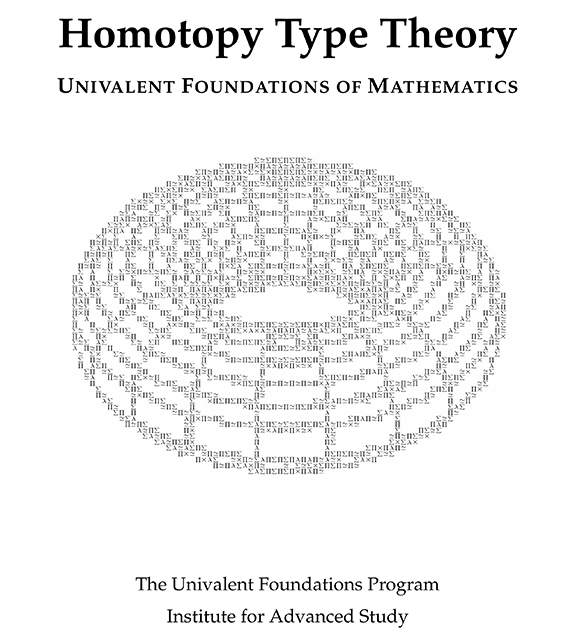Homotopy theory, a branch of algebraic topology, investigates spaces and their deformations through continuous transformations. Its principles have gradually infiltrated various domains of mathematics and, intriguingly, the realm of cryptography. This intersection of seemingly disparate fields evokes an analytical curiosity regarding how concepts derived from homotopy theory elucidate and enhance cryptographic methodologies. Understanding this relationship entails delving into the nature of cryptographic security, the mathematical underpinnings of homotopy theory, and the transformative potential these concepts offer in secure communication.
At the core of cryptography lies the imperative of securing information against unauthorized access while ensuring integrity and authenticity. Traditional cryptographic methods rely heavily on number theory, particularly the complexities of integer factorization and elliptic curves. However, as computational capacities escalate, these once robust methodologies face the specter of obsolescence under the threat of quantum computing. This predicament invites an exploration into alternative mathematical frameworks, with topological constructs emerging as a prospective ally.
Homotopy theory provides a fresh lens through which the cryptographic landscape can be re-examined. Its fundamental premise revolves around the idea that geometric objects can be classified according to their topological properties—elements such as continuity and deformations preserve these characteristics. This perspective challenges conventional linear paradigms by introducing higher-dimensional abstractions and intricate relationships between spaces that resonate intriguingly with cryptographic principles.
One avenue through which homotopy theory contributes to cryptography is through the concept of homotopy types. These types serve as equivalence classes of topological spaces, which allows for an innovative framework to categorize cryptographic algorithms. Essentially, each homotopy type can embody a unique scheme of encoding information by manifesting secure pathways for transforming data. This versatility offers a compelling alternative to traditional approaches that may falter under advanced computational threats.
Moreover, recent advancements in homotopical algebra illuminate ways in which algebraic structures can be harnessed for cryptographic applications. By utilizing constructible sets and simplicial complexes, homotopy theory offers an intricate lexicon that can model complex functional relationships among various cryptographic protocols. These algebraic techniques facilitate the analysis of permutational symmetries inherent in cryptographic systems, potentially enhancing both security and the efficiency of encryption algorithms.
An impressive demonstration of homotopy theory’s applicability to cryptography lies in the area of quantum cryptography. Quantum systems, governed by the principles of superposition and entanglement, present a formidable challenge to traditional encryption schemes. However, homotopy theory can facilitate a cohesive representation of the quantum states being manipulated. By intertwining homotopical concepts with quantum mechanics, researchers pave the way for advanced cryptographic frameworks that leverage the robustness of topological properties to ensure secure communication amidst quantum threats.
Beyond simply enhancing security, homotopy theory offers novel perspectives on how cryptographic primitives such as signatures and keys can be structured. The concept of ‘braids’ in homotopy, for instance, resonates with the construction of secure key exchange protocols. Braid groups, which can be visualized through the manipulation of strands in space, embody transformations that can be uniquely identified, thereby ensuring that that the cryptographic systems based on these principles are both secure and inherently verifiable.
In addition, the paradigm shifts inspired by homotopical considerations extend into the realm of decentralized networks. In an era where blockchain technology garners attention for its promise of securing transactions without central authority, homotopy theory can underpin novel algorithms for consensus mechanisms. By employing homotopy types to describe interactions among nodes, we access potential strategies for fault tolerance and resilience against malicious attacks.
As intriguing as these theoretical constructs may be, the path from abstract mathematical constructs to practical implementations is often fraught with challenges. While the application of homotopy theory in cryptography is still nascent, the implications are distinctly compelling. The introduction of complex topological reasoning could lead to novel cryptographic protocols that not only withstand current threats but are also resistant to future advancements in computational technology.
Ultimately, the interplay between homotopy theory and cryptography beckons further exploration. It embodies a rich tapestry of mathematical inquiry that straddles both theoretical abstraction and practical application. The ongoing quest for secure communication in an increasingly interconnected world demands innovations that transcend traditional paradigms. As researchers probe deeper into the potential of homotopy theory, they illuminate a path towards constructing resilient cryptographic systems capable of safeguarding information in a landscape fraught with evolving threats. By embracing the intricate relationships revealed by homotopy theory, we inch closer to unlocking a new era of cryptographic brilliance.









Leave a Comment